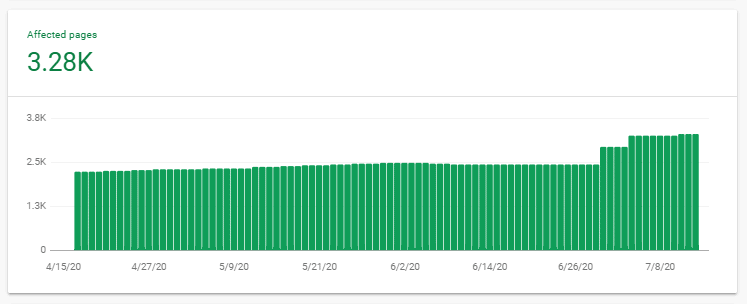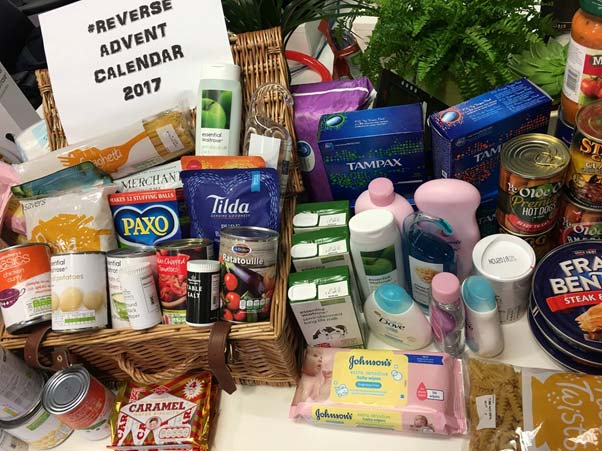When you’re defining your digital strategy, even in the earliest stages, it pays to keep website translation in mind if you work in multiple regions. There are many moving parts of a website that will need careful translation and localisation. For instance, any blog posts you write as part of your digital marketing will need to be translated, the whole website will need to be localised and all copy should be written with multiple cultures in mind. Below, we’ll go over five website translation tips to keep in mind if you want to move your business ahead in 2021.

Write Your Website with Global Audiences in Mind
Even before you begin the website translation process, ensure you keep the fact that the website will be translated into other languages in mind. That will make the website easier to translate and localise, which could save on time and cost further down the line. A few tips for writing for a global audience include:
-
- Avoid language that can be difficult to translate, like culturally-specific idioms, metaphors, similes or heavy doses of other figurative language. These can be difficult to translate. For instance, idioms have culturally specific meanings that cannot be gained from the literal translation of their individual words. An example would be, “When pigs fly.”
- Try to avoid references that only make sense locally, like referring to a local sports team, political happening or the local climate.
- Keep in mind the different customs from around the world. For instance, countries like Japan and India don’t celebrate Christmas, so you’ll need to bear this in mind when you are writing copy that people will read in those countries.
Plan Your Recurring Digital Marketing Content Before Your Website Translation
Website copy for landing pages and home pages tend to be more ‘set and forget.’ As long as the pages are compliant with recent SEO best practices and represent your business or promotions in a current way, they usually don’t need to be updated too often. The topic of website translation, covered comprehensively by Ofer Tirosh of Tomedes, captures fairly static content to more frequently updated pages. Blog posts are a great example of this, as they usually require regular updates to gain and keep traction.
Research has shown that B2C companies with 401+ blog posts generate 4.5 times as many leads as B2C companies with 0-100 posts. The content has to be useful, high quality and relevant, of course. But the statistic highlights the need for blog content to have ongoing support with website translation and localisation.
To make this part of the process run as smoothly as possible, plan your blog posts and content schedule as part of the base of your digital marketing strategy. Also, use workflow tools to manage it, factoring time for website translation into your processes.
Take Care When Designing Your Website Graphics
We’ve devoted much attention to the copy of a website, but it’s also important to keep an eye on the graphical elements as part of your website translation project. These elements will need to be localised along with the copy, ensuring they suit the new language layout. However, certain choices can make the process more difficult. For instance, if you use ads with models, you may need to change the ad photos to fit the local demographics in the new region. If you’re worried about your budget, avoid using models and use graphic elements that speak to an international audience from the outset.
Understand the Multilingual User Experience
Keep in mind website usage habits in the region(s) you will be expanding into. The website SEO tool Yoast did a study in 2012 to see how websites are perceived and used in different cultures. It had some very interesting findings. For instance, websites in the Netherlands made less use of testimonials and social media almost by half, but slightly more use of FAQ pages.
By being aware of digital use and consumer habits early on in the process, you can design a website that can be updated far more easily, rather than requiring full redesigns during the creation of your international digital strategy.
Focus on Finding the External Experience You Need
At some point in that digital strategy, you might be tempted to turn to Google for some support. Don’t be! Website translation carried out using human language professionals can help with the localisation of the site as well, making sure it fits with the local digital and consumer habits in the new region.
Using Chrome language select tools might be ok for everyday use if all you need is a vague understanding, but website translation undertaken by humans is essential for professional purposes. That level of quality is essential if you want to move your business ahead in 2021.






